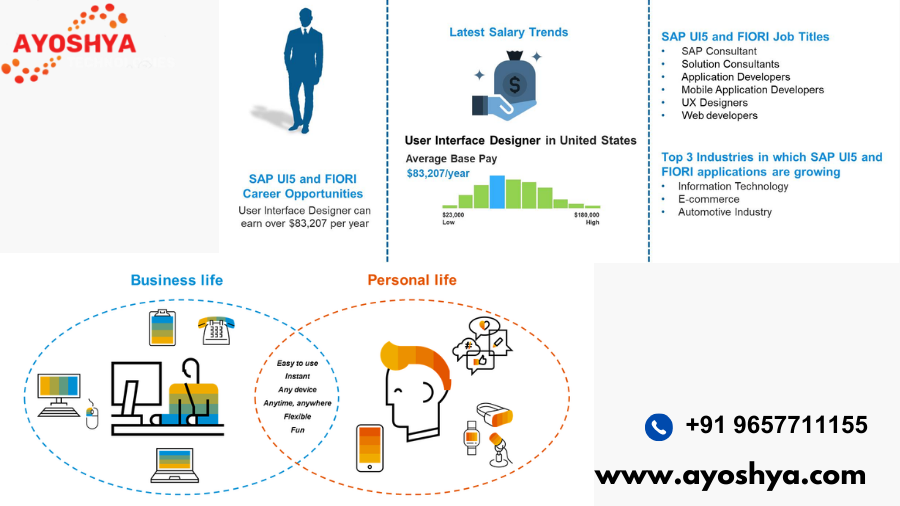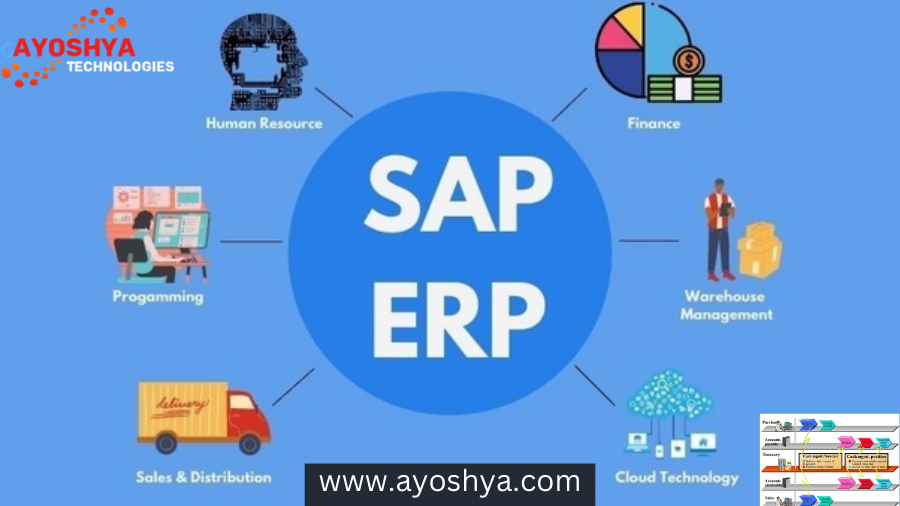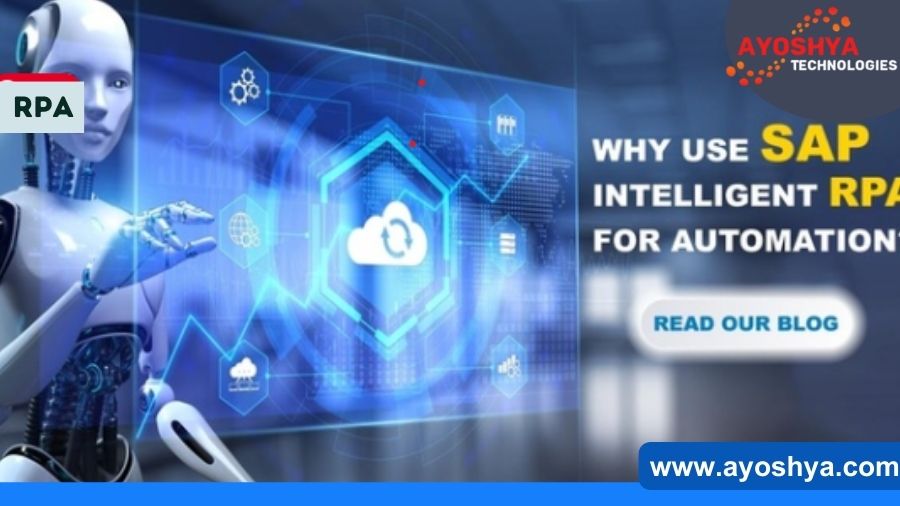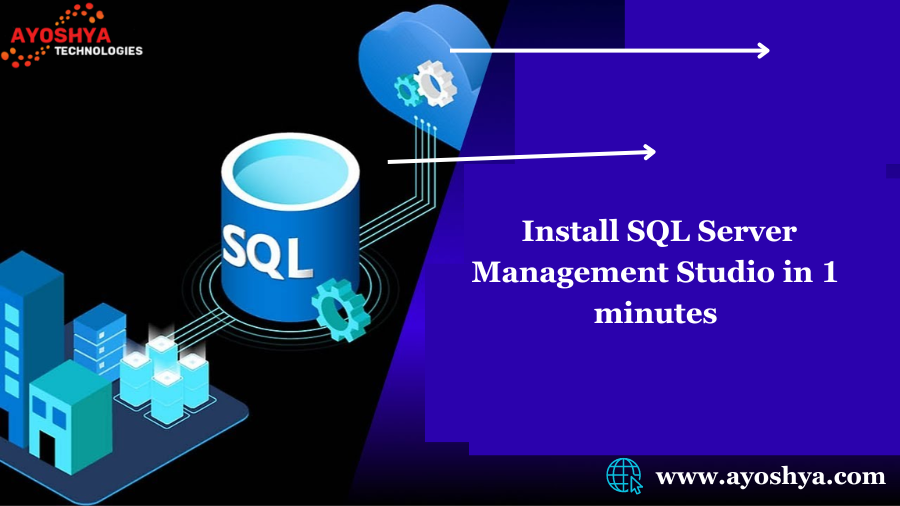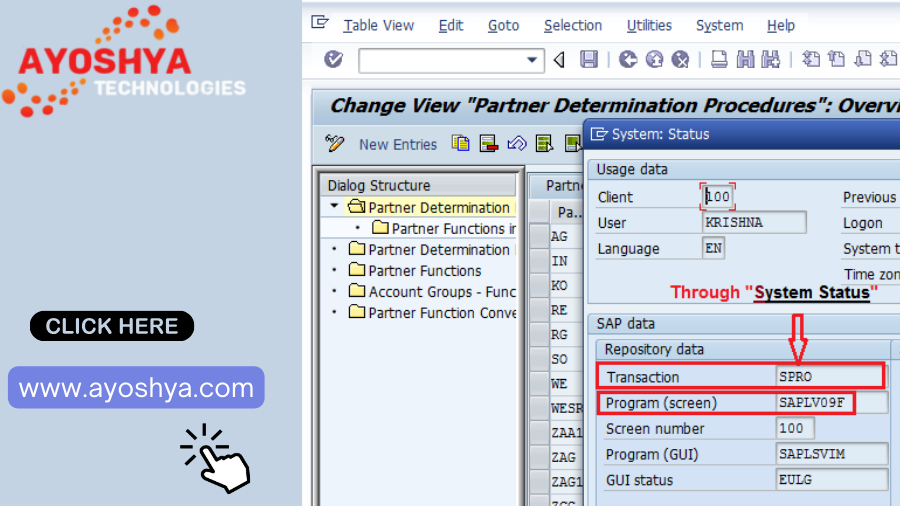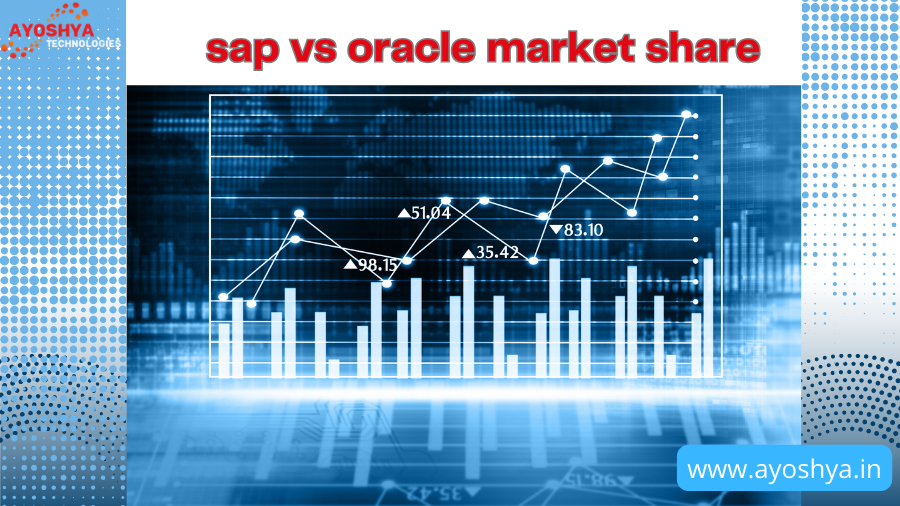Are SAP ABAP developer still in demand or are they being replaced by Fiori/UI5 developers?
Worried about ABAP developer relevance? Don’t be! This guide explores the ABAP vs Fiori/UI5 landscape in 2024. Discover demand trends, essential skills for both, and how to thrive in the evolving SAP ecosystem (…spoiler alert: collaboration is key!).
Feeling anxious about the future of your SAP career? Are headlines about Fiori/UI5 leaving you wondering if your ABAP skills are becoming obsolete?** Fear not, fellow developer! The SAP development landscape is indeed changing, but it’s not a zero-sum game. This guide will be your compass, navigating the world of ABAP developer vs Fiori/UI5 developers. We’ll explore the evolving role of ABAP development, delve into the demand trends for both skillsets in 2024, and unveil the key to thriving in this dynamic ecosystem: collaboration. So, grab a cup of coffee, take a deep breath, and join us as we explore the exciting future of SAP development, where both ABAP and Fiori/UI5 developers have a vital role to play!
The Evolving Role of ABAP Developer:
From Workhorse to Collaborative Powerhouse
For decades, ABAP developer (Advanced Business Application Programming) has been the bedrock of SAP development. ABAP developers have acted as the silent heroes, crafting the core functionalities that power countless businesses worldwide. Their expertise lies in two key areas:
- Data Manipulation: ABAP developers are the masters of data within SAP systems. They write code to extract, transform, and load data, ensuring its accuracy and integrity. Imagine complex calculations, data validation rules, and automated data transfers – all orchestrated by the magic of ABAP.
- Business Logic: The logic behind SAP processes comes to life through ABAP code. Developers translate business requirements into lines of code, automating workflows, customizing functionalities, and ensuring SAP systems operate seamlessly in line with specific business needs. Think of anything from automating purchase orders to streamlining approval processes – ABAP makes it happen.
However, the rise of SAP Fiori and UI5 has ushered in a new era of user-centric interfaces. This has impacted the role of ABAP developers in two significant ways:
- Shift Towards Front-End Development: Fiori/UI5 utilize modern JavaScript frameworks and offer a more visual approach to development. This has attracted a wave of developers with front-end expertise, potentially creating the impression that ABAP is fading away.
- Integration Needs: While Fiori/UI5 applications provide a sleek user interface, the core functionalities they interact with are often built with ABAP. This creates a crucial need for integration skills. ABAP developers who can seamlessly bridge the gap between these two worlds are becoming increasingly valuable.
Charting Your Course in the Evolving SAP Landscape
The ABAP vs Fiori/UI5 debate can spark many questions. Here, we’ll address some of the most common ones to help you navigate your SAP development career:
What skills do ABAP developers need to adapt to the Fiori/UI5 era?
The winds of change are blowing, and here’s how ABAP developers can adapt and thrive:
- UI/UX Knowledge: While ABAP excels in core functionalities, understanding user interface (UI) and user experience (UX) design principles can be a game-changer. Familiarize yourself with best practices for creating intuitive interfaces. This fosters better collaboration with Fiori/UI5 developers and ensures a seamless user experience for the end product.
- Integration Skills: As mentioned earlier, the ability to integrate Fiori/UI5 applications with ABAP backends is a golden asset. Explore tools and techniques for data exchange between these two environments. This ensures smooth communication between the modern UI layer and the core functionalities powered by ABAP.
By upskilling in these areas, ABAP developers can bridge the gap between the back-end and front-end worlds, solidifying their value in the evolving SAP ecosystem.
What are the career paths for ABAP developers with Fiori/UI5 skills?
The combined expertise of ABAP and Fiori/UI5 opens doors to exciting career paths:
- Full-Stack SAP Developer: This path allows you to handle both the back-end logic (ABAP) and the front-end user interface (Fiori/UI5) of SAP applications. This comprehensive skillset positions you for a wider range of development projects.
- Fiori/UI5 Specialization: If your passion lies in building modern user interfaces, you can deepen your knowledge of Fiori/UI5 frameworks and become a specialist in this domain. With the growing demand for user-friendly SAP interfaces, this path holds immense potential.
- Consulting Roles: Your combined expertise can be invaluable for consulting firms that help businesses implement and optimize their SAP landscapes. By leveraging your knowledge of both ABAP and Fiori/UI5, you can guide clients in creating efficient and user-friendly SAP systems.
The key takeaway? Don’t view ABAP and Fiori/UI5 as competing forces. Embrace them as complementary skillsets and explore career paths that leverage both!
Should I learn ABAP or Fiori/UI5 first?
The ideal starting point depends on your background and career goals:
- For beginners with no SAP experience: ABAP provides a strong foundation for understanding the core functionalities and data structures within SAP systems. This knowledge serves as a solid base for future exploration of Fiori/UI5 for user interface development.
- For experienced developers interested in SAP: If your focus is primarily on building modern user interfaces for SAP applications, then diving into Fiori/UI5 development might be a good starting point. However, having a basic understanding of ABAP’s role in the back-end can be beneficial, even for UI-focused developers.
Conclusion:
Embrace the Future – ABAP, Fiori/UI5, and You
The world of SAP development is undergoing an exciting transformation. Fiori/UI5 are revolutionizing user interfaces, but ABAP’s core functionalities remain crucial. The key takeaway? The future belongs to developers who can collaborate and leverage the strengths of both worlds.
This guide has unpacked the evolving role of ABAP developers, explored the demand trends, and highlighted the importance of adaptation. We’ve delved into valuable skillsets like UI/UX knowledge and integration expertise, paving the way for a successful ABAP career in the Fiori/UI5 era.
Take Action:
- ABAP developers: Embrace continuous learning! Explore UI/UX concepts, delve into integration techniques, and consider expanding your skillset with Fiori/UI5.
- Aspiring SAP developers: Consider your goals. If a strong foundation is your priority, start with ABAP. If your passion lies in user interfaces, Fiori/UI5 might be a good entry point.
you may be interested in this blog here
Building Your First Integration Flow with SAP CPI
Can anybody know about mba in business analytics?
Should I learn S4 HANA simple finance without knowing FICO? why?
